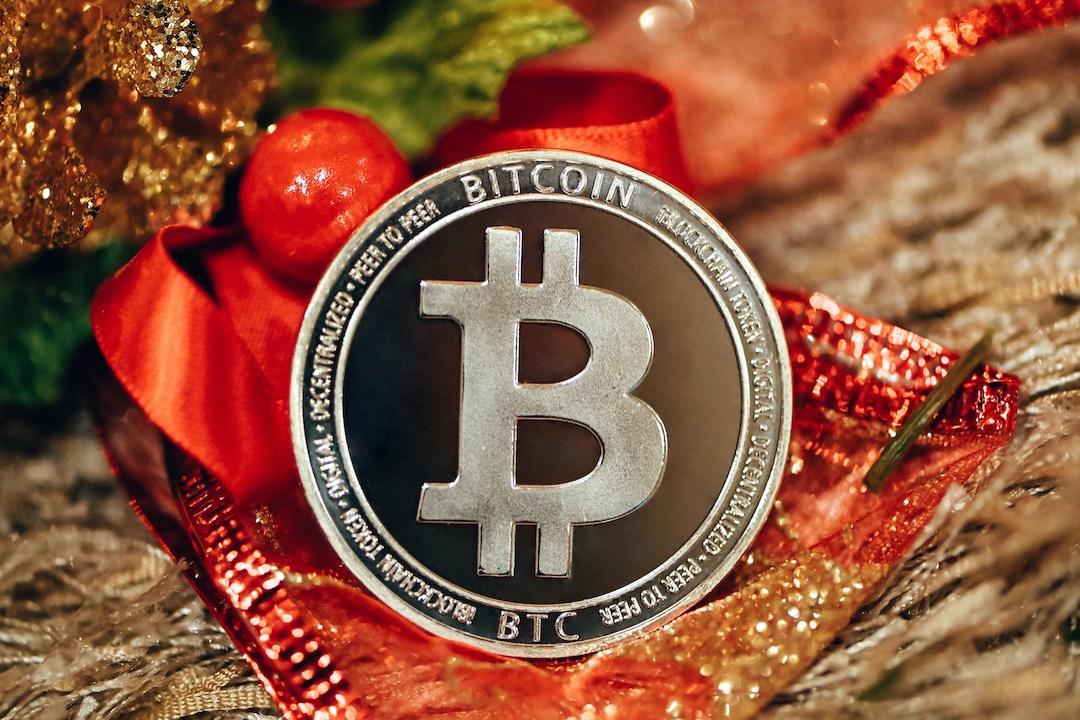Is Your Money Really Yours?
The New Taiwan Dollar surged from 33 to 29.7, marking the most significant appreciation in recent years. On the morning of May 5, as the public frantically flooded into various bank apps to purchase cheap foreign currencies, disaster struck—multiple banks, including Taishin, Cathay, and CTBC, experienced complete app crashes. Exporters lamented their losses, while currency exchangers stared at screens displaying “System Temporarily Unavailable.” Online banking turned into a “digital graveyard,” and ATMs became “the potted plants of the financial world.”
This “foreign exchange chaos” serves as a wake-up call: when a financial storm hits, is your money really yours?
The “Trust Crisis” of Centralized Finance
According to data from the Central Bank, the New Taiwan Dollar appreciated nearly 10% since the end of 2024, causing exporters to incur losses in the billions due to currency sell-offs, while companies hoarding US dollars faced backlash from exchange rate fluctuations. Even worse, the surge in trading volume led to a “complete collapse” of the banking system. Taishin Bank admitted that “the usage exceeded the app’s capacity,” and Cathay’s system indicated a five-minute wait time, prompting several banks to suspend services outright.
The Central Bank President singled out “market vultures” for currency speculation, calling for “strict monitoring” but was met with sarcasm, leading the public to express their frustration while scrolling through their phones.
This issue is not merely technical; it is a crisis of trust. Centralized finance locks your assets in bank servers, leaving you powerless against exchange rate volatility, system crashes, or even abrupt policy shifts.
Non-Custodial Wallets: Private Keys in Hand, Assets in My Control
In contrast, since its launch in 2009, the Bitcoin network has never gone down; Ethereum, even during its busiest times, only experienced rising transaction fees without system failures. This difference stems from fundamentally different architectural designs: traditional banks’ centralized servers are prone to single points of failure, while blockchain’s decentralized nodes possess inherent resilience.
When traditional finance “breaks down,” the blockchain’s “Own Your Asset” philosophy transforms from a meme in the crypto community into a lifeline. Non-custodial wallets allow you to hold your private keys, freeing you from reliance on banks. According to CoinMarketCap, the trading volume of stablecoins exceeded $1.2 trillion in 2025, indicating a growing number of users turning to blockchain for hedging.
For instance, a Taiwanese clothing exporter stored USDT in a wallet and directly converted assets when the exchange rate chaos hit, saving on high exchange rate differentials. The time for funds to arrive was reduced from 3-5 working days to mere minutes, while transaction fees dropped from 2-3% to less than 1%.
According to Dune Analytics, the number of active non-custodial wallet addresses globally exceeded 120 million in 2024, growing by 30%. This trend is not just about technology; it represents an awakening of financial autonomy. When banks crash, users on the blockchain can open their wallets at any time, check their private keys, and continue trading—this is the true essence of “Own Your Asset.”
During this wave of Taiwanese Dollar appreciation, many businesses and individuals sought hedging channels. Traditional forward exchange contracts are complex and have high thresholds, making them unsuitable for small and medium-sized enterprises or individual users. Stablecoins provide a more flexible option. Cryptocurrencies like USDC and USDT, which are pegged to the US dollar, maintain value stability through market mechanisms, without the need for central bank administrative intervention. When market price discrepancies arise, arbitrageurs automatically adjust them.
The Need for Modernization of Financial Infrastructure
Of course, non-custodial wallets are not a panacea. If the private key is lost, the assets simply “evaporate”—this is far worse than forgetting a bank password. Recent virtual currency fraud cases in Taiwan (such as the ACE exchange incident) also remind us that user education and regulation remain pain points. However, this incident highlights the urgent need for modernization of Taiwan’s financial infrastructure. Many banking systems are still using technology structures from decades ago, akin to using old plumbing systems to handle sudden surges in water flow, making them prone to bursting.
Singapore’s PayNow system integrates blockchain technology to achieve real-time interbank transfers; Japan’s banking alliance is testing a blockchain-based settlement system. These innovations are not meant to overthrow existing systems, but rather to retain the advantages of banks while introducing the efficiency and transparency of blockchain.
The future financial system is likely to be a hybrid of traditional finance and blockchain finance. The key lies in finding the optimal intersection of the two to create financial services that are both secure and compliant, as well as efficient and convenient.
The chaos surrounding the Taiwanese Dollar serves as a mirror, reflecting the cracks in centralized finance while igniting the spark of “Own Your Asset.” KryptoGO’s non-custodial wallet is not just a technological toy; it is a passport for the Web3 era—ranging from stablecoin hedging to AI-driven payments to the future of decentralized identity, it empowers you to become the true owner of your assets.
The next time banks crash and central banks start “playing guessing games” again, open your preferred non-custodial wallet and check your private keys. Financial storms may be unavoidable, but with a non-custodial wallet, you can at least confidently say: “My assets, my say.”
From my perspective as a Web3 practitioner, we are not here to overthrow banks but to work alongside traditional finance to build a more resilient, efficient, and inclusive financial system. When the next financial storm arrives, I hope we have better infrastructure to meet the challenge.

